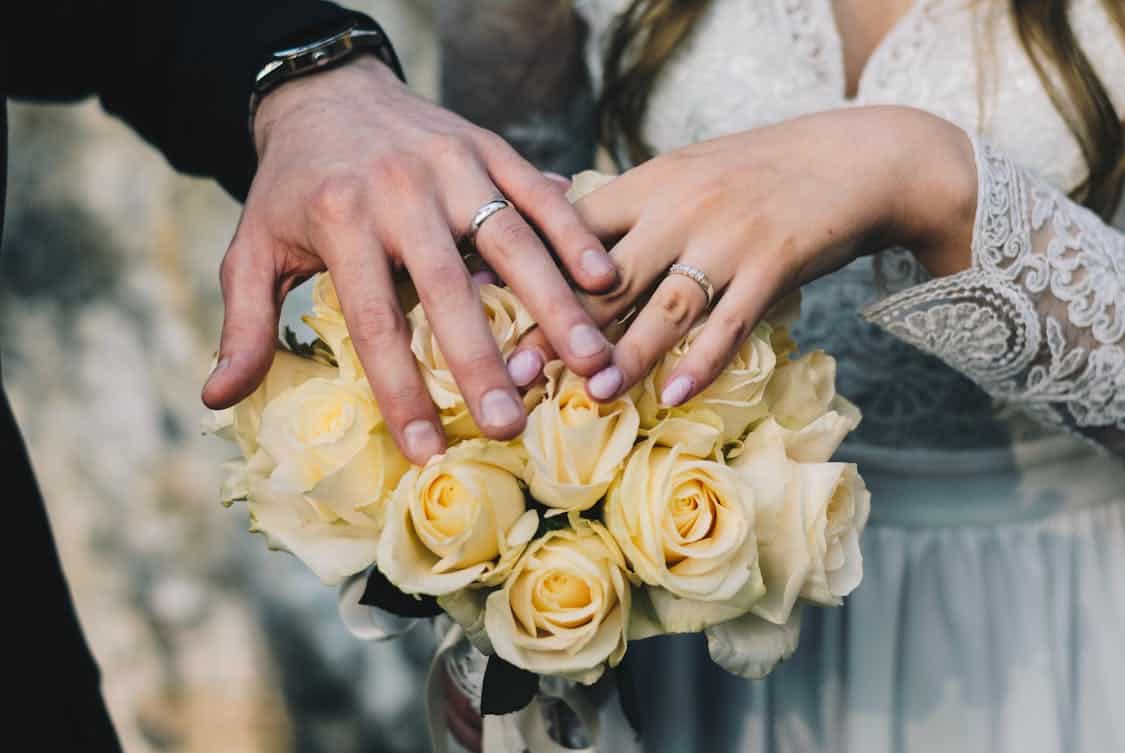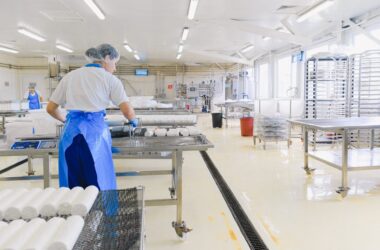The process of crafting a wedding film is a delicate dance between a videographer’s vision and client expectations. To help meet both, the right tools can make all the difference.
One example involved intercutting footage of the couple’s playful first look with scenes from their solemn ceremony to create narrative contrast. This technique punctuated their wedding film with emotional peaks that kept viewers engaged.
Adobe Premiere Pro
Adobe Premiere Pro is a video creation software that allows you to touch-up footage, create a sequence, and add audio and text. It’s available to BU members as part of the Creative Cloud subscription and is designed to help you make professional-looking videos that will impress your audience. BU has many Adobe tutorials from beginner to expert that can teach you the basics of the software, how to touch up footage, and even how to use video LUTs.
LUTs are color grading presets that can be used to change the appearance of your wedding film footage. They work on a pixel-by-pixel basis, adjusting the colors in your footage without altering the original image. They are a popular tool among videographers and photographers because they can make their work look more cinematic and artistic. Whether you’re a beginner or a professional, these LUTs are designed to work with FCPX, DaVinci Resolve, or Premiere Pro, ensuring seamless integration into your workflow.
To apply a LUT in Adobe Premiere Pro, first open the Resources window (click View in the menu at the top and select the Resources window option). Next, click the Add New LUT button to create an empty LUT. You can then select the empty lut and drag it to the clip in the timeline. After you apply the LUT, the image or video will be darker and more saturated.
Using video LUTs to enhance your wedding film is easy and can take the stress out of the post-production process. However, there are a few important things to keep in mind when using them. First, you must make sure that your footage is properly exposed before applying the LUT. If your footage is underexposed, the resulting image will be too dark. Alternatively, if your footage is overexposed, the resulting image will be brighter and more saturated.
LUTs are a popular tool for wedding videographers and editors. They can be used to compensate for poor lighting or replace a single color with another, and are compatible with images shot on any camera. They can also be used to achieve a specific look or style, such as cinematic or retro. These are some of the most popular LUTs for wedding films in 2024.
Final Cut Pro
If you’re an aspiring videographer or filmmaker and looking to make your first steps in Final Cut Pro, you’ve come to the right place. This video tutorial is a complete crash course on how to use this powerful program, from start to finish. It covers a wide range of topics, from the basic UI to importing media, creating a project, and using the library sidebar. It also talks about dozens of editing actions and their nuances, synchronizing and editing multi-cam clips, adding captions, working with images, transitions, HDR, and color correction.
Once you have mastered the basics of FCPX, you’ll want to learn how to make your footage look even better. One of the best ways to do this is by applying LUTs. A LUT (Look-Up Table) is a set of presets that allows you to change the appearance of your video without losing quality or having to manually adjust things like exposure, contrast, and saturation.
These are very popular among wedding photographers and videographers because they help them create more cinematic effects. They can be used to compensate for poor lighting during the shoot, replace one color with another, or achieve a certain atmosphere.

To add a LUT to your footage, you need to select it and then open the Lumetri panel. Then, click the Basic Correction tab and choose Input LUT from the dropdown menu. From here, you can choose any LUT from the free collections available.
In addition to color grading, Final Cut Pro is also great at handling music. It’s easy to import audio files from your computer and even easier to edit them. The best part is that you can find a huge selection of royalty-free songs online. You can even download them directly from Final Cut Pro and use them in your videos without worrying about copyright issues.
Once you’ve gotten the hang of editing your videos, it’s time to move on to the next level of post-production. This comprehensive Final Cut Pro video tutorial from Larry Jordan is a great place to start. It teaches the basics of color grading and explains how to apply this technique to any video clip.
Adobe Media Encoder
Adobe Media Encoder is an encoding application that Adobe includes with its subscription programs such as Premiere Pro and After Effects. It serves as the encoding engine that powers the export process of footage inside these programs and also works as a powerful stand-alone utility. Adobe Media Encoder is designed for integration into workflows with other video editing programs and offers a wide range of features that help streamline the processing and delivery of audio and video files to final viewing platforms.
The Adobe Media Encoder is a powerhouse that allows users to perform many tasks including ingest, transcoding, and creating proxies. It has a variety of presets to choose from for different output formats and can be customized using the preset browser and export settings dialog. It also has advanced options for adjusting color and audio, including LUTs, saturation, and more.
Wedding LUTs can be used in a variety of ways to enhance wedding films. Bright wedding LUTs can give a cinematic look to your film, while darker wedding LUTs can create a more intimate and romantic mood. In addition, wedding LUTs can add vintage touches to your video footage. Using them correctly can elevate your films and differentiate them from others.
Another way to use LUTs is with Adobe After Effects, a video rendering software that comes bundled with the Creative Cloud. Adobe After Effects is capable of handling complex compositions, but the render process can take a long time. Adobe Media Encoder (AME) allows users to hand off the rendering process to a separate program, and it can handle multiple layers, allowing the user to continue working in After Effects while waiting for the file to finish rendering in AME.
Adding a LUT to your footage will instantly transform the way that your video looks. It will have a noticeable impact on the overall tone of the film, and it can help you achieve your desired look and feel for your film. LUTs are a great tool to have in your arsenal of editing tools, and they can make the process of color grading your wedding films much easier.
DaVinci Resolve
If you’re looking for a more intricate look for your wedding footage, try using LUTs to create different moods and styles. For example, using warm and bright LUTs can give your video a romantic feel, while dark LUTs can help create a more cinematic style. Regardless of the style you’re going for, using LUTs with editing software will make the color grading process much easier.
The DaVinci Resolve software is an advanced video editor that works on macOS (14.3 Sonoma or later), Windows 10 or 11, and Linux (with CentOS 7.3 or higher). Its user interface is similar to other video editors, with a timeline and a Media Pool that holds all your edited footage. It also includes Viewers, which allow you to preview your files before dragging them onto the timeline. Its advanced features include dynamic trimming, multicam editing, and 360-degree shooting support.
LUTs, or Lookup Tables, are used by professional colorists to simplify the grading process and create a specific look for their footage. These presets can be applied to video clips in any editing software. In addition, they can be layered with other adjustments and filters to achieve a desired effect. However, it’s important to remember that LUTs do not replace color correction and grading, and they should be used as a starting point.
Before you begin working with LUTs, it’s a good idea to set up your project settings. This will ensure that the Timeline frame rate and resolution match the frame rate and resolution of your video files. This will save you a lot of time as you’ll have to spend less time adjusting the footage.
After setting your project, you can open the LUT folder and browse through all your available LUTs. You can also create new ones by importing images into the LUT folder or copying them from another file. Once you find the perfect one, you can apply it to your footage by selecting it in the Media Pool or clicking on a clip in the timeline. It’s also a good idea to organize your LUTs into separate folders to keep them organized.










